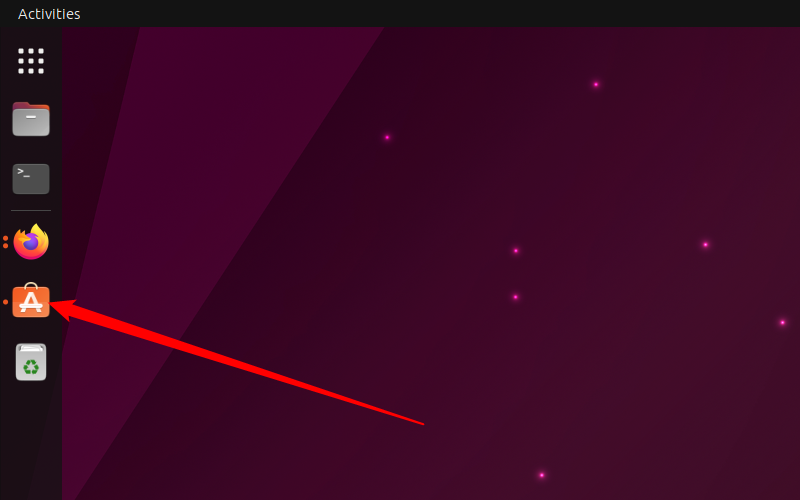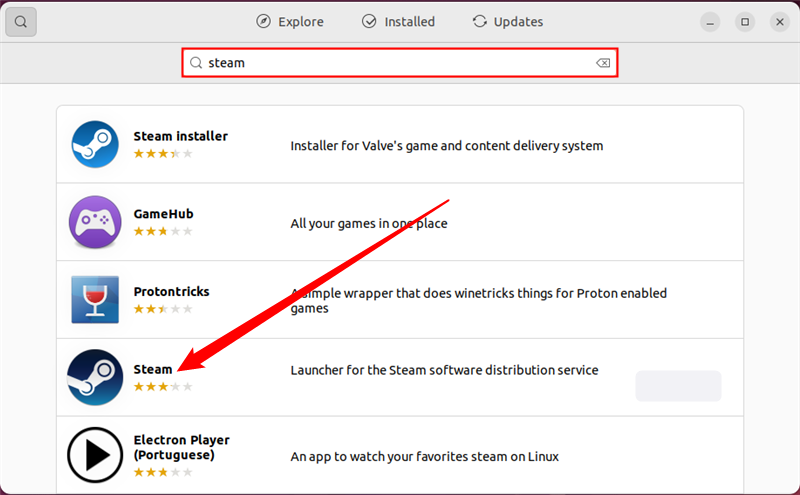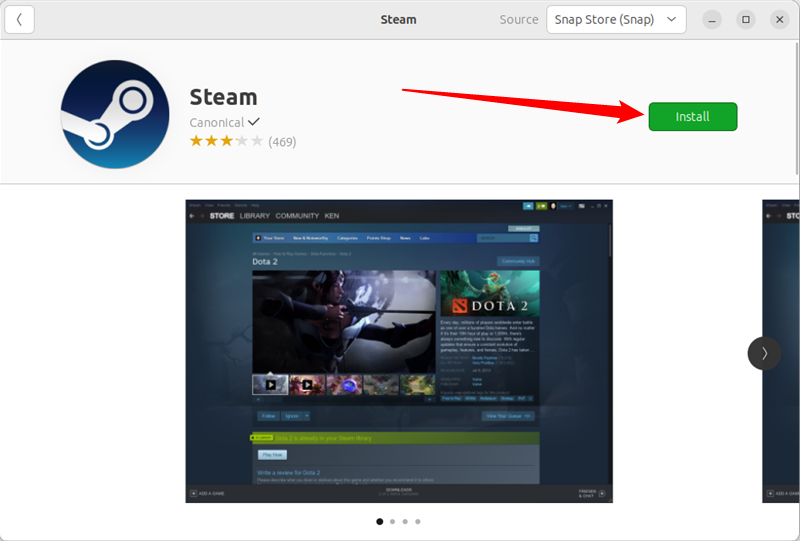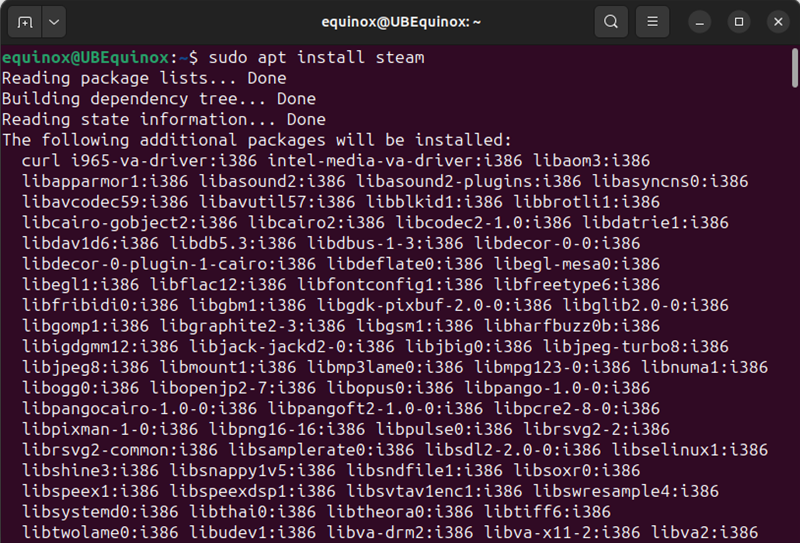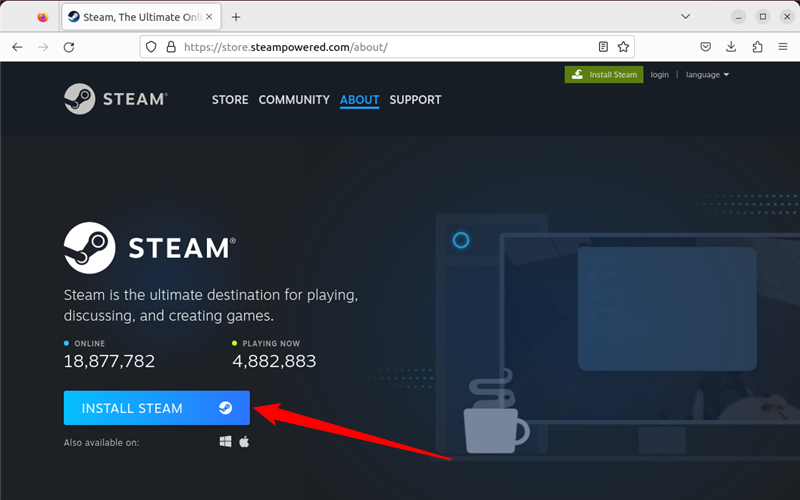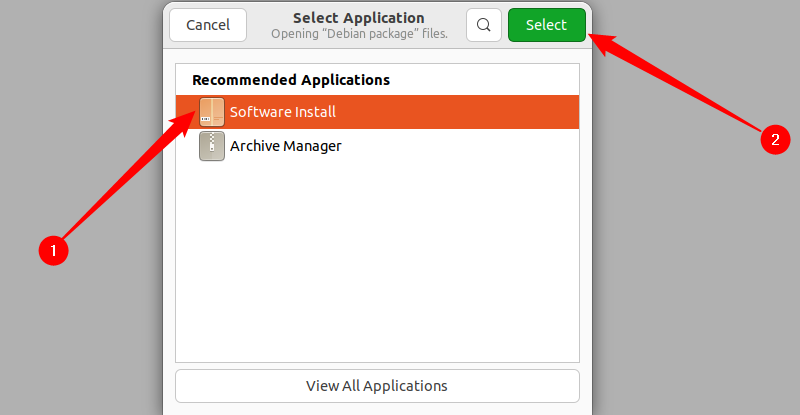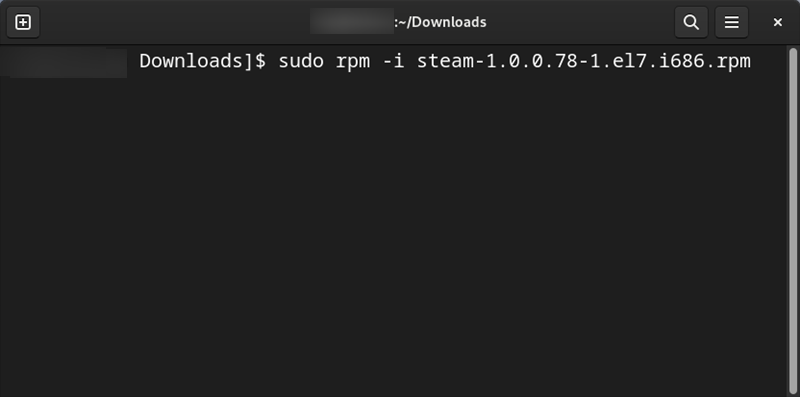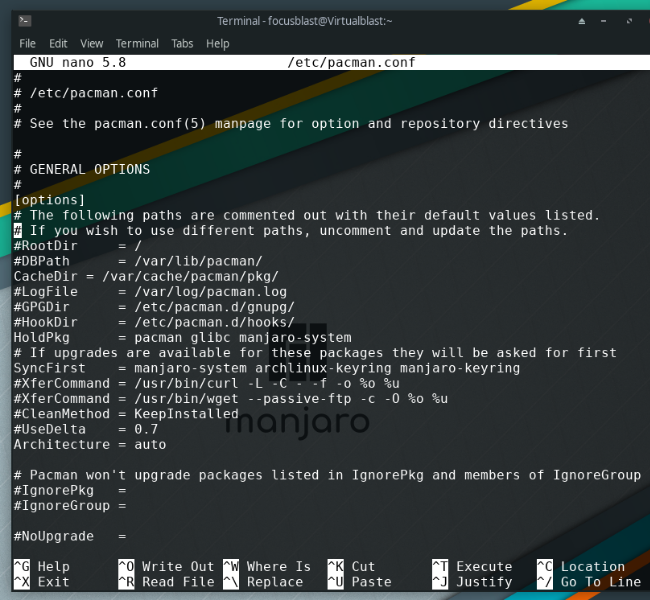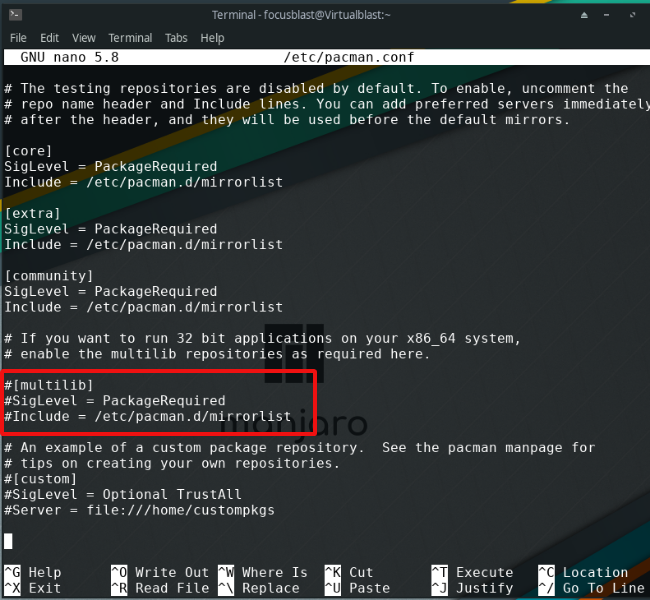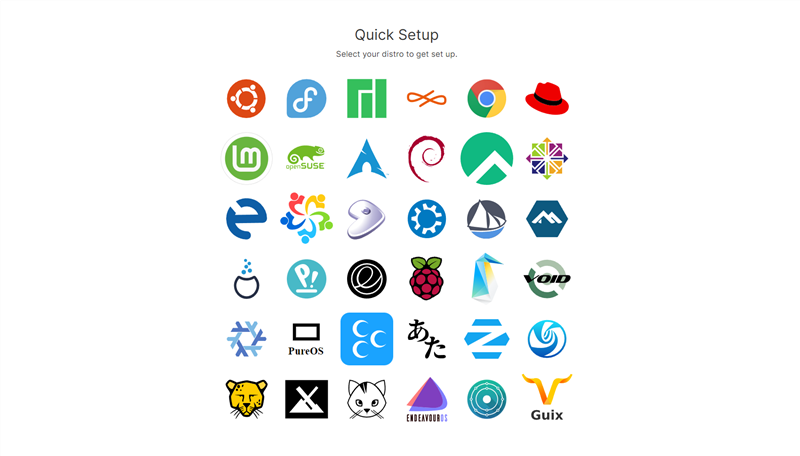
The Ultimate Guide to Effortlessly Installing Steam on Linux

Discover the gateway to gaming on Linux with Steam Explore our concise guide to easily download and install Steam on various Linux distributions, including Ubuntu, Debian, Fedora, OpenSUSE, Arch-based, and more Unleash the power of gaming on your preferred Linux setup effortlessly
Key Takeaways
Steam is an online platform where you can download and play thousands of games on Linux, and you can also use Proton to play Windows games on Linux.
To install Steam on Ubuntu or Debian, you have the option to use either the Ubuntu Software GUI or the apt command in the terminal.
If you are using Fedora, OpenSUSE, or any other RPM-based distributions, you can install Steam through their respective package managers. Alternatively, you can also install Steam on any distribution by using Flatpak.
So, you want to try out gaming on Linux? In this article, let's look at how to install Steam on any Linux distribution to kickstart your Linux gaming journey.
What is Steam?
For those unfamiliar with Steam, it is an online platform created by Valve that offers a vast selection of downloadable games, allowing users to not only play these games but also engage in discussions with the gaming community. What makes Steam particularly advantageous for Linux users is the inclusion of Proton, which enables the capability to play Windows games on Linux. With the introduction of the Proton compatibility layer, the gaming experience on Linux has been transformed, providing an opportunity for users to fully embrace this innovation by installing Steam on their systems.
How to Install Steam on Ubuntu or Debian with the GUI
There are two methods to install Steam on Ubuntu: either through the Software Center or via the terminal. For Software Center installation, locate and select the Ubuntu Software on the sidebar.
If you don't find it on the sidebar, click on "Show Applications" (nine dots forming a square) followed by "Ubuntu Software."
In Ubuntu Software, start typing "Steam" in the search bar.
Click on the Install button.
You will find the Steam application in the Applications menu. Double-click it to open it, and let the app update before it launches.
Install Steam on Ubuntu or Debian Through the Terminal
Installing Steam on Ubuntu and Debian is also possible through the apt command line tool. This tool acts as a package manager, retrieving resources from repositories and seamlessly installing them on your Linux distribution. It is worth mentioning that apt is the standard package manager for most Debian-based and Ubuntu-based Linux distributions.
To install Steam on Ubuntu or any Ubuntu-based distributions, such as Linux Mint, Pop!_OS, Elementary OS, and Linux Lite, simply open the terminal and enter the following command, then press Enter:
sudo apt install steam
If you're using Debian, you'll need to prepare your system first before you can install Steam. Follow the official instructions from the Debian team to do this.
Install Steam on Ubuntu or Debian via the Steam Website
The easiest way to install Steam on Debian is by downloading the DEB package from the official Steam download page.
Open the terminal and cd into the /Downloads folder, then type the following command and hit Enter.
sudo apt install steam_latest.deb
Alternatively, you can just right-click the DEB file, select "Open With Other Application," and select "Install Manager" to install Steam.
How to Install Steam on Fedora, OpenSUSE, and RPM-Based Distributions
To install Steam on Fedora using the command line interface (CLI), add a third-party RPM fusion repository first. Open the Terminal, enter the following command, and press Enter:
sudo dnf install https://mirrors.rpmfusion.org/nonfree/fedora/rpmfusion-nonfree-release-$(rpm -E %fedora).noarch.rpm
Now that you have enabled the non-free Fedora repository, use this command to install Steam.
sudo dnf install steam
On OpenSUSE, you can install Steam using the Zypper package manager.
sudo zypper install steam
To install Steam on RPM-based distributions like Red Hat Enterprise Linux and others, follow these steps:
1. Go to the following link and procure the Steam RPM file.
2. Open the terminal and navigate to the directory where you saved the downloaded file.
Once you're in the directory, type this command and hit enter.
sudo rpm -i steam-1.x.x.xx.x.rpm
Replace the "x's" with the version number, as shown in the image below.
How to Install Steam on Arch-Based Distributions
For Arch-based distributions, installing Steam is made easier with the default package manager, Pacman. However, before proceeding with the installation command, it is crucial to enable the multilib repository.
Open the terminal, type the following command, and hit enter.
sudo nano /etc/pacman.conf
For starters, the pacman.conf file contains the list of repositories the OS should look for when the user prompts to install a program.
Scroll down and locate the "multilib" section enclosed in "#." A "#" in a script is used to instruct the operating system to disregard the line it precedes. To activate the multilib repository, we need to remove the "#" symbols.
After removing the #'s, press the key combination Ctrl+O and press Q to save the file and close the editor.
Now that multilib is enabled, update the list of repositories using this command.
sudo pacman -Syu
Finally, install Steam using the following command.
sudo pacman -S steam
Install Steam on Any Distribution Using Flatpak
Linux faces the issue of having numerous package managers, which is also a contributing factor to why some people prefer Windows. The existence of countless Linux distributions, each with its own package manager, can cause confusion. However, there is one package manager, called Flatpak, that largely resolves this problem. It functions by executing applications within a separate and secure environment, known as Sandboxing, which includes all the necessary libraries.
Head over to the official Flatpak setup page to learn how to install Flatpak on any Linux distribution.
Once set up and ready to go, type the following command and hit enter.
sudo flatpak install steam
Wait for the installation to finish, and you can now begin launching the program! Make sure to sign in by following the instructions on how to recover your Steam password if you have forgotten it. Additionally, it is highly recommended to set up two-factor authentication to ensure the security of your account.
